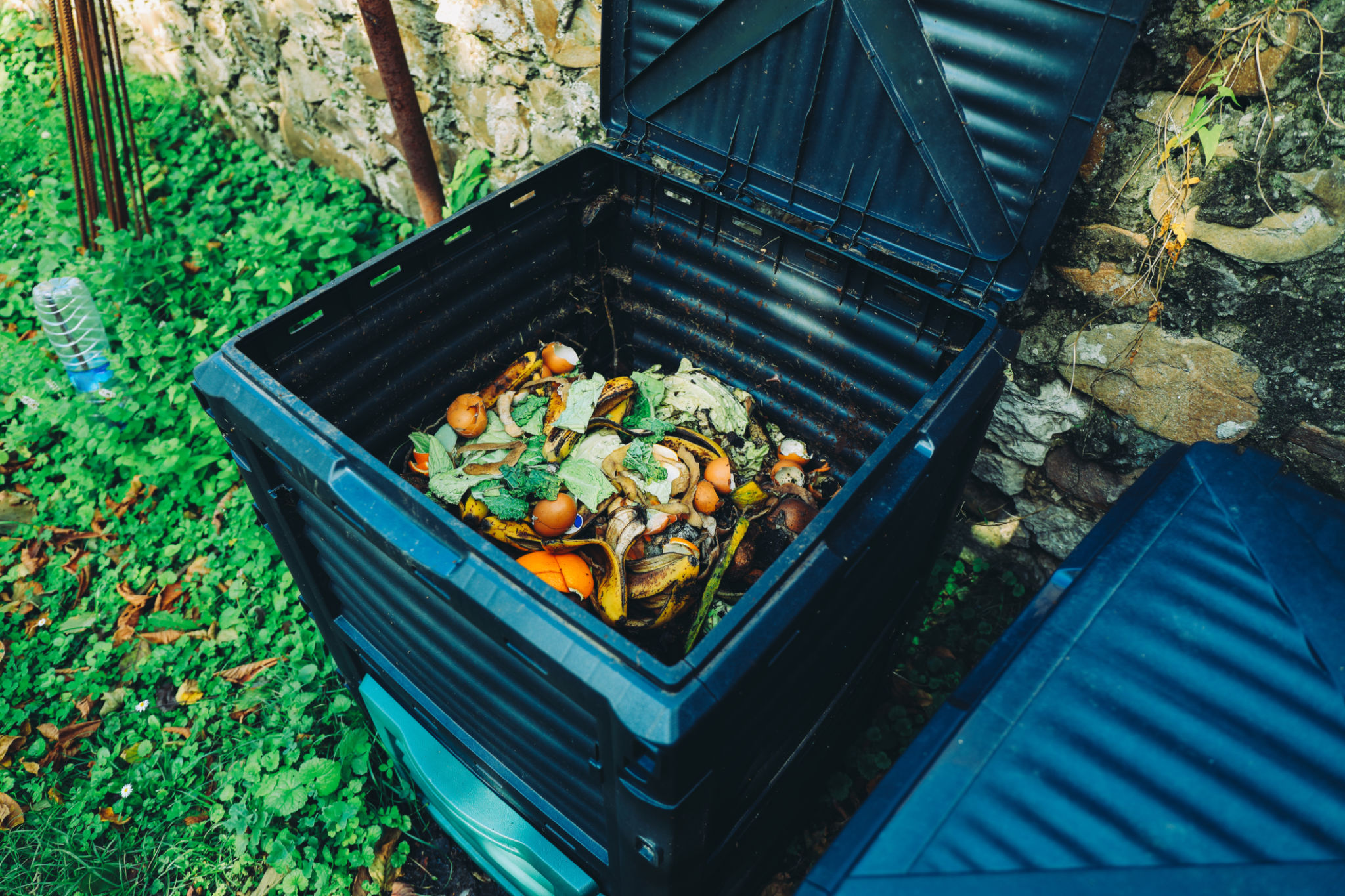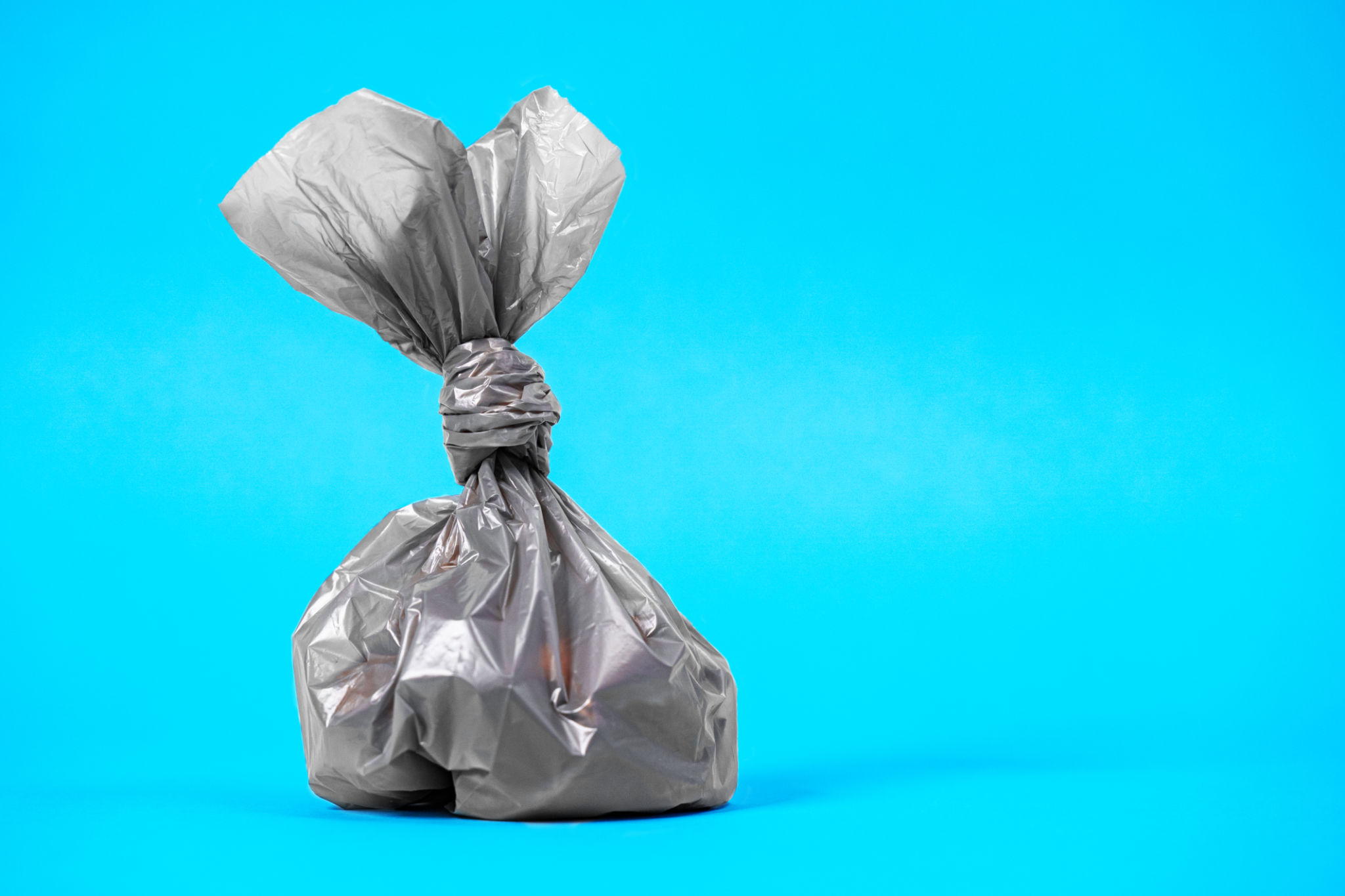Comprehensive Guide to Equine Waste Management Solutions
Understanding Equine Waste Management
Equine waste management is an essential aspect of maintaining a healthy and sustainable environment for both horses and humans. Proper management not only promotes better hygiene and health but also helps in reducing environmental impact. With the right solutions, horse owners and facility managers can effectively handle horse waste, ensuring a clean and pleasant environment.
Efficient waste management involves several practices tailored to the specific needs of equine facilities. These practices include waste collection, storage, treatment, and disposal. Understanding these processes is crucial for anyone involved in equine care.

Collection and Storage of Equine Waste
Effective Waste Collection Techniques
The first step in equine waste management is efficient waste collection. This involves regularly cleaning stalls and paddocks to gather manure and soiled bedding. Using appropriate tools like pitchforks and wheelbarrows can significantly ease this process. It's important to establish a routine to prevent buildup and maintain hygienic conditions.
Proper Storage Solutions
Once collected, equine waste needs to be stored correctly to minimize odor and contamination. A well-designed storage facility, such as a manure pile or a compost bin, should be located away from water sources to prevent pollution. It's crucial to cover the storage area to protect it from rain and wind, which can spread waste materials.

Treatment and Recycling
Composting Equine Waste
Composting is a highly effective method for treating equine waste. This natural process breaks down organic materials into nutrient-rich compost, which can be used as fertilizer. To create optimal composting conditions, it's essential to maintain the right balance of carbon and nitrogen, along with adequate moisture and aeration.
Recycling Opportunities
In addition to composting, there are other recycling opportunities for equine waste. Manure can be processed into bioenergy or used in horticultural applications. By exploring these options, equine facilities can reduce their environmental footprint while generating additional value from waste products.

Disposal Methods
Choosing the Right Disposal Method
When composting or recycling is not feasible, proper disposal of equine waste is necessary. Options include land spreading, where manure is applied to fields as a fertilizer, or arranging for off-site disposal with a licensed waste hauler. It's vital to comply with local regulations regarding waste disposal to avoid legal issues.
Each facility should evaluate its specific needs and resources to determine the most suitable disposal method. By doing so, they can ensure that they adhere to environmental standards while maintaining an efficient and sustainable operation.

Implementing Best Practices
Adopting best practices in equine waste management can enhance efficiency and sustainability. Key strategies include:
- Regular training for staff on waste management protocols.
- Investing in quality tools and equipment for waste handling.
- Monitoring and documenting waste management processes.
- Engaging with local agricultural extensions for advice on sustainable practices.
By implementing these strategies, equine facilities can ensure a cleaner, healthier environment for their horses and contribute positively to the community and the planet.

